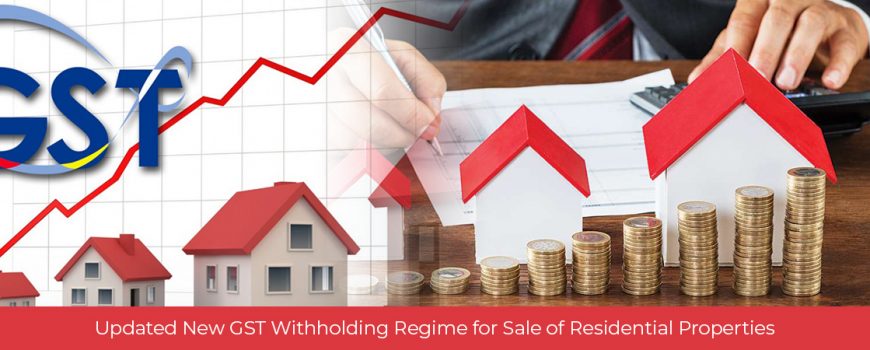Treasury Law Amendment Bill 2018 came into effect on July 1, 2018. The bill made some changes for purchasers and vendors of the residential properties. The changes took place, according to the purchase and sale of off the plan units, land and house packages. Thus, one should make sure about the GST implications at the time of selling or making a new purchase in residential real estate.
 Here is the list of some of the implications of such legislative changes includes:
Here is the list of some of the implications of such legislative changes includes:
- As per law, Vendors of the residential properties must have to notify the buyer, whether the sale falls according the updated GST withholding regime.
- The buyers too, have to withhold part of the purchase price on settlement and remit to the ATO.
- If any of the vendor or buyer or both fails to comply, then they are supposed to pay penalties.
- The updated rules are applicable to all residential property supplies made from July 1, 2018 which is subject to some transitional provisions.
- Any of the Contracts prepared for the sale or purchase must be prepared according to the updated rules. The Law Society 2018 Contract includes the relevant positions.
Actually making the sale of any of the second hand residential property is “input-taxed” that means it is not necessary to collect GST on the sale by vendors. However, the sale of the new residential premises and potential residential land can’t get the benefits of the exemption and so they are required to pay GST which is a taxable supply But, if the vendor shows that the sale is not the part of an enterprise than they can get redemption and are not forced to get registered or not to register for GST as well.
Prior to July 1, 2018, purchasers need to pay GST to the vendors and vendor is responsible to remit that to the ATO at their quarterly Business activity Statement (BAS). The fundamental changes that are made by the regime is that new residential premises purchasers must now withhold a given amount at same completion as GST and pay that to the ATO. That withholding amount is then applied as a credit to the vendor’s BAS. There is no change in application of GST to the sale of residential property. The changes are essentially a compliance measure prepared in response of “phoenix activity”.
The motive of ATO is comparable to the Foreign Resident Capital Gains Withholding Regime that is introduced in 2016. As is the case for the regime, the new introduced rules essentially impose the tax collector’s role of the purchaser, the vendor along with their respective lawyers.
Now the question is how to get when is withholding required? For that the new withholding regime applies to the taxable supply of new residential premises and certain subdivisions of any potential residential land. The meaning of these terms is properly given in the GST law, but the application is not that straight. You need to seek legal advice in case of having any of the uncertainty.

